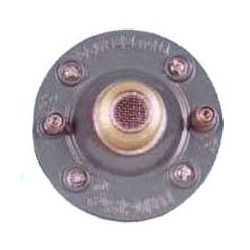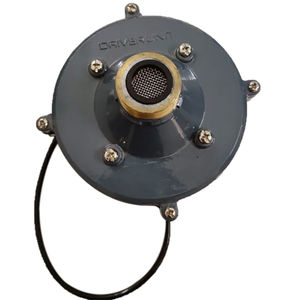
Looking to get a drivers license in your state? Pass your permit and drivers license exam with DriversEd.com! We've been teaching America with our online drivers ed classes for over 20 years! From the comfort of your own home, let us help you get behind the wheel with our certified online drivers education course in your state today! Passing your written DMV permit exam really is a no-brainer. But you gotta be smart about it. Reading and rereading the DMV driver handbook can be a waste of time. Instead, study with our state-specific prep material and practice with our sample permit tests. Our questions are so accurate that passing is 100% guaranteed.
Description
Push–pull circuits are widely used in many amplifier output stages. A pair of audion tubes connected in push–pull is described in Edwin H. Colpitts' US patent 1137384 granted in 1915, although the patent does not specifically claim the push–pull connection. Drivers A driver is software that allows your computer to communicate with hardware or devices. Without drivers, the hardware you connect to your computer—for example, a phone or a printer—won't work properly. Visit the post for more. Here at our locally owned, brick-and-mortar business, we are a resource to those working in electronics, electro-mechanical, and much more.

The flagship CES 651 is the most popular lab trainer in our line of electronics education solutions. The CES 651 is an interactive training tool used in science and electronics classrooms worldwide to introduce students to basic electronics components and apply STEM concepts using hundreds of basic, intermediate, and advanced electronics experiments. You can use the CES 651 to teach the concepts of both DC and AC theory, from simple series and parallel circuits to complex amplifiers and oscillators. It features a variety of resistors, capacitors, inductors, diodes, transistors, potentiometers, switches, lamps, and LEDs. The built-in power supply provides both positive and negative DC voltages, and the function generator produces sine, sawtooth, and square waves from 1 Hz to 100 KHz. The CES 651 also features a built-in analog voltmeter and ammeter along with both integrated circuit (IC) and printed circuit board (PCB) expansion connectors to increase its functionality through the use of external PCB modules. This trainer is a comprehensive solution for teaching analog theory for nearly any electronics discipline including the ASTM/NCATT Aircraft Electronics Technician (AET) Certification.


Electronic Drivers Log Systems
The CES 651 Student Manual features 150+ experiments for students to complete!
Drivers Electronics
Features
Drivers Ed Georgia
- Self-contained, rugged design
- Regulated DC power supply with fixed and variable outputs and over-current protection
- AC power source with two phases for all power supply experiments
- Waveform generator with sine, square, and triangle outputs from 1 Hz to 100 kHz. The built-in generator provides variable sine wave outputs and eliminates the need for external signal generators
- Includes a variety of resistors, capacitors, inductors, switches, lamps, potentiometers, diodes, transistors, lamps, LEDs, and a photocell allowing students to build virtually any common electronics circuit
- The IC and edge card socket connectors make the CES 651 expandable and customizable
- All components are protected to prevent failures from incorrect wiring or other inadvertent mistakes
- All experiments include a discussion on the theory behind the experiment, step-by-step procedures, and an assessment to gauge the student’s understanding of the concepts and applied theories
- Power input: 110-120VAC 60Hz
- Dimensions: 23.5″W × 14.5″H × 10″D

Electronic Driver's License
- Demonstrate understanding of children's characteristics and needs.
- Know about, understand, and value the importance and complex characteristics of children's families and communities.
- Support and engage families and communities through respectful, reciprocal relationships.
- Establish rapport and a supportive alliance with families through the demonstration of empathy, genuineness, congruence, and unconditional positive regard.
- Involve families and communities in their children's development and learning.
- Understand positive relationships and supportive interactions as the foundation of their work with children and families.
- Exhibit sensitivity and insight into the wide variety of problems in living experienced by individuals and groups in contemporary society.
- Demonstrate clinical skills of screening, assessment, treatment planning, termination and referral, including documentation and record management.
- Apply principles of ethical decision making and practice ethical behavior in relation to self and others within the helping relationship.
- Integrate knowledgeable, reflective, and critical perspectives on working with families.
- Function effectively as a member of a team in providing services, designing programs, and working collaboratively among agencies and organizations for the benefit of families and the community.
- Engage in continuous, collaborative learning to inform practice as well as pro-active self-care.
- Engage in informed advocacy and education on behalf of children and families.
- Exhibit interpersonal skills and be able to facilitate groups as well as work with individuals one-on-one.